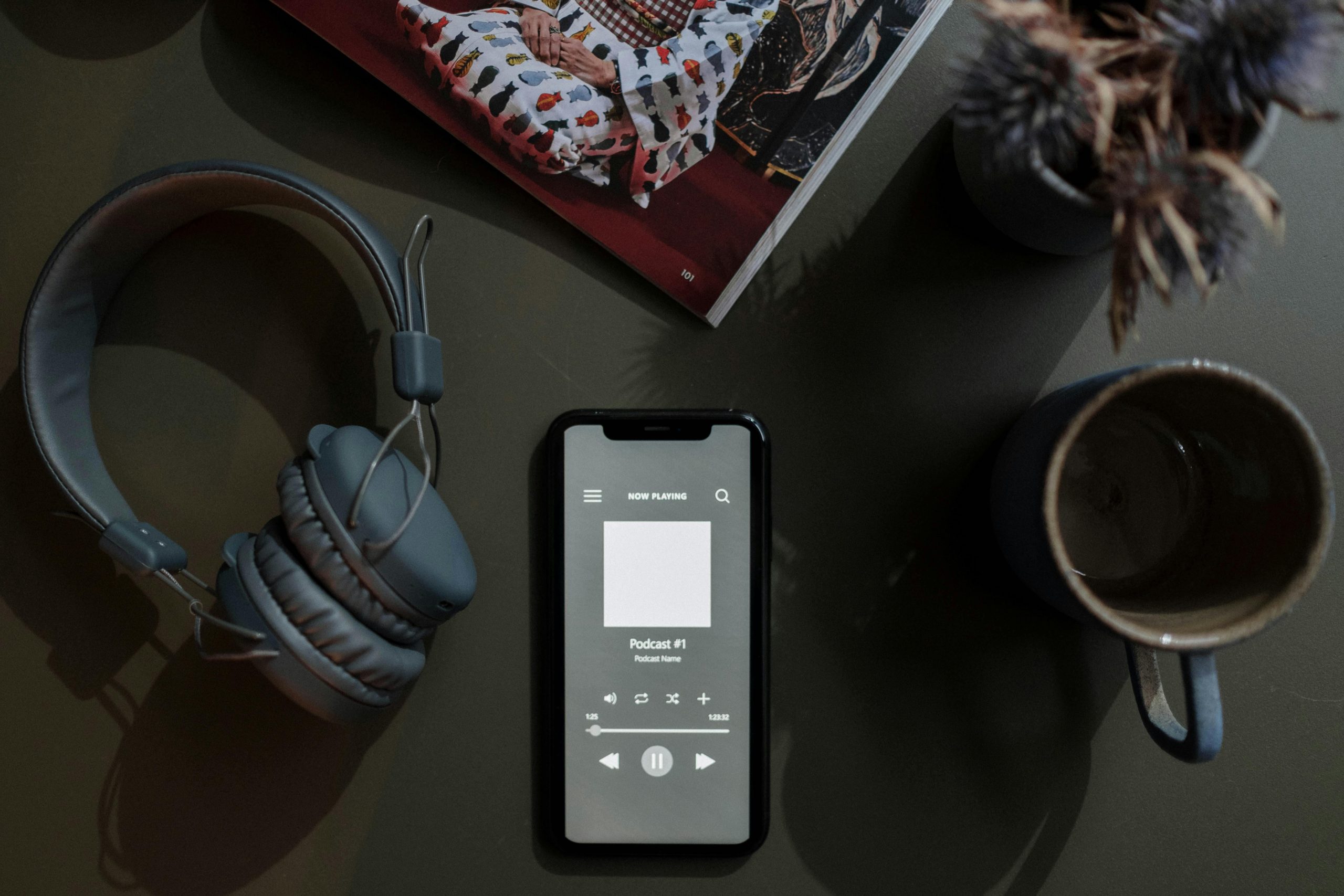Most app ideas don’t start with a polished roadmap or a beautiful pitch deck. They usually start with a restless feeling — that nudge that keeps you thinking, Could this work? Sometimes it’s just a note on your phone. Other times it’s a rough sketch or a late-night conversation with a friend who doesn’t quite get it yet. Either way, that’s where it begins: curiosity mixed with uncertainty. The real work isn’t about rushing to build fast. It’s about building with focus so you don’t lose track of why you started in the first place. Let’s talk about how you can create apps smarter, not just faster — and keep the whole process from turning into a mess before it even begins.
Start Messy on Purpose
It’s easy to believe that you should have everything mapped out before you build. Clean diagrams, color-coded project plans, a timeline that looks impressive on paper. But in the early stages, that often slows you down more than it helps.
The best founders start with rough notes and half-finished thoughts. It might look disorganized, but it works. Why?
- Voice notes when writing feels slow
- Sticky notes across your desk or wall, helping you connect loose ideas
- Sketches that don’t look like much but help you think through problems
Getting your ideas out of your head and into a visible space helps you notice what’s actually worth building. It’s not about perfect organization yet, but about getting honest with yourself about what might work and what probably won’t.
Skipping this step usually means you’ll end up building features no one really needs. The messy beginning is how you figure out what matters.
Design Is About Clarity Before Beauty
Design often gets confused with decoration. But early on, your goal isn’t to make your app look impressive. It’s to help people understand what it does.
Good design is clear design. The first question you want people to think is: Oh — I get what this is for.
If someone opens your prototype and can’t tell how it helps them, it doesn’t matter how nice the buttons look. Clarity builds trust. And that trust is what makes someone want to try it, give feedback, or recommend it to someone else.
You can make it beautiful later. Right now, it just has to make sense.
Don’t Skip the Ugly Prototype
It’s tempting to build the polished version first. But building ugly is smarter.
Why? Because the sooner you put something real in front of someone, the sooner you’ll learn whether it works.
An early prototype isn’t there to impress anyone. It’s there to help you:
- Watch where people hesitate or get confused
- Listen for real feedback, even if it’s uncomfortable
- Adjust based on what people actually need, not just what you think they need
If you build something beautiful before you know it works, you’re wasting time. Build the rough version, test it, and learn fast.
The Right Workspace Makes a Difference
If you’re building at home or in a shared space, your setup matters more than you might think. Constant distractions or a cluttered work area can slow you down without you even realizing it.
It doesn’t take much to improve this. Even something like an office desk with hutch can give you shelves for organizing notes, chargers, and gear you don’t want to keep losing. More important than how it looks is how it helps you keep your head clear when you’re trying to juggle ideas, deadlines, and feedback all at once.
Don’t Let Code Fool You into Thinking You’re Done
If you can code, it’s tempting to start right away. After all, writing code feels productive. But starting too early often means building features before you’ve tested the idea properly.
Before you build, ask yourself:
- Who exactly is going to use this?
- Can I explain the benefit of this app in one or two simple sentences?
- Have I heard from at least one potential user that this could help them?
It’s better to have a clear plan first than to end up rewriting features later because you skipped this part.
Quiet Progress Beats Loud Progress
You don’t need to post about every update online or make a big deal about every feature you finish. Some of the most successful projects start quietly, with steady progress behind the scenes.
Quiet progress looks like:
- Fixing parts of the product that confused your last tester
- Having honest conversations with people in your target audience
- Spending more time thinking and testing than posting updates about how busy you are
Loud progress often feels good, but steady, thoughtful progress builds better products.
Remember Why You Started
Building something from scratch takes more energy than people expect. It’s easy to lose sight of why you started once deadlines, feedback, and bugs start piling up.
Whenever you feel stuck, go back to that early excitement:
- Look at the first note or sketch you made when you got the idea
- Remind yourself who you’re building this for — not just users, but the version of you that wanted this to exist in the first place
- Talk it out with someone who knows how it feels to build something from scratch
The whole point of creating smarter isn’t just about better apps — it’s about making sure you don’t lose the reason you started along the way.
Keep it steady. Keep it yours. That’s how you build with both hustle and design — at a pace that works for you.
